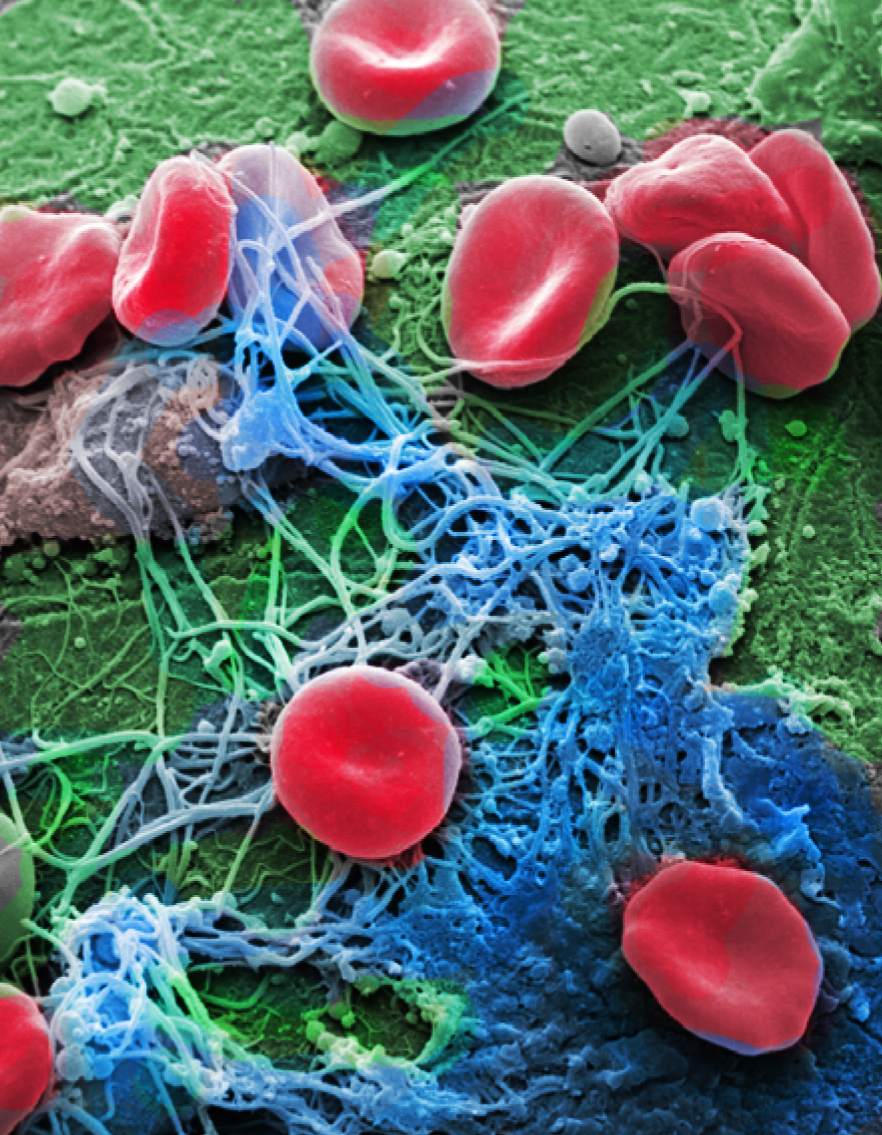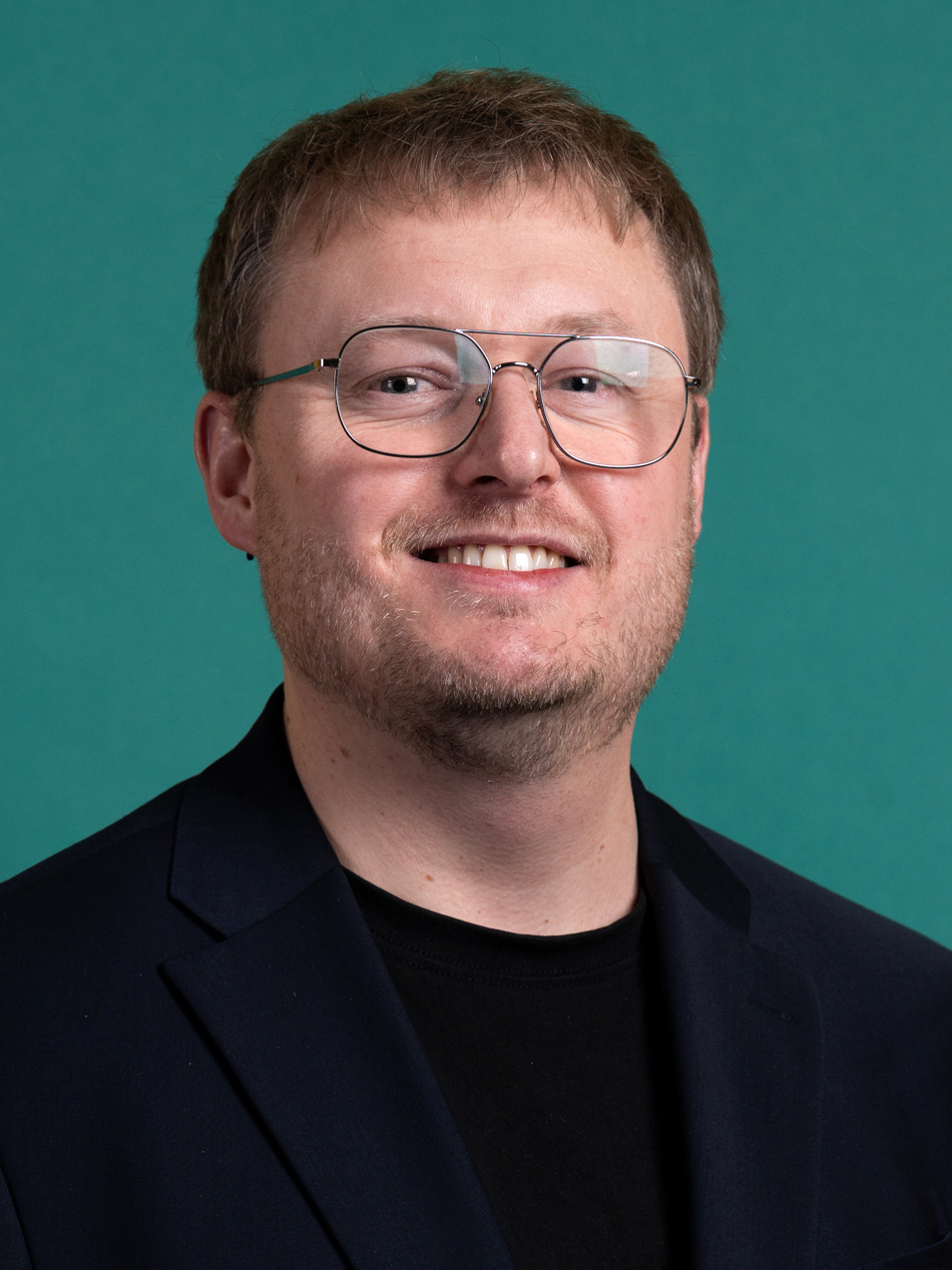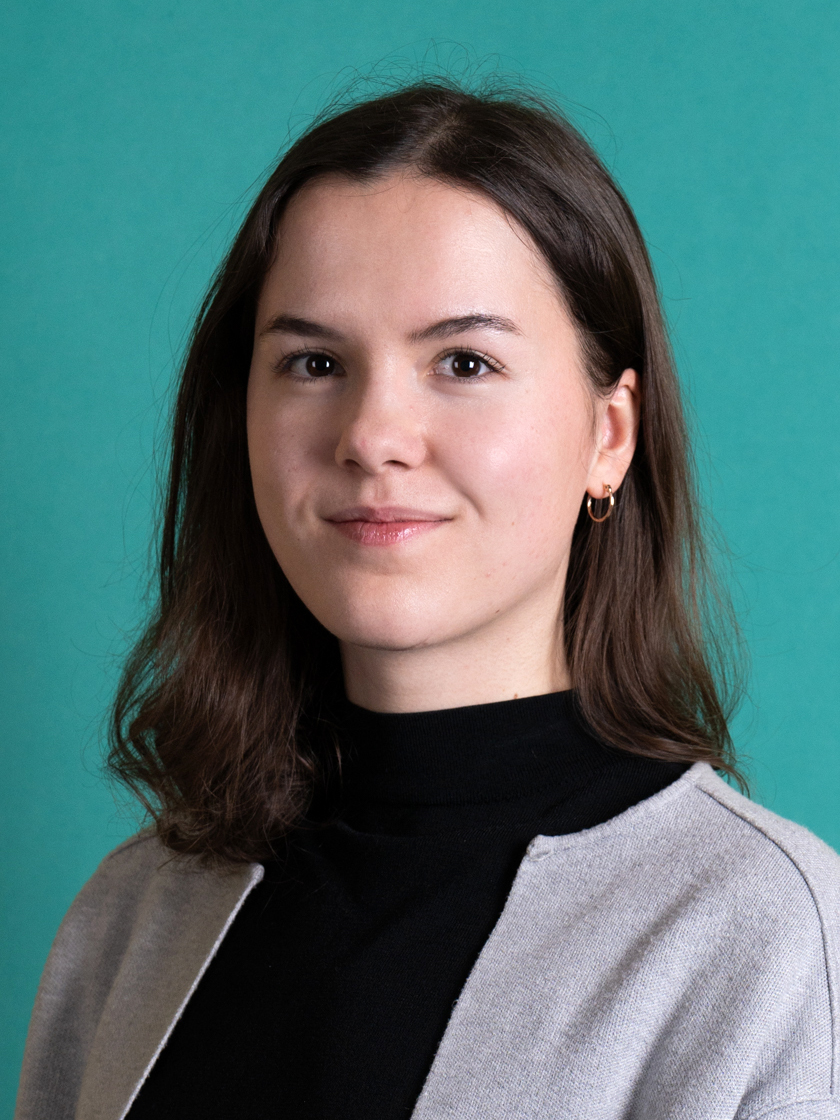Anästhesist:innen leisten einen wesentlichen Beitrag zur Betreuung und Behandlung von schwerstverletzten Patient:innen. Über den Begriff der Narkose hinaus fokussiert sich die Fachdisziplin Anästhesie auf die Erhaltung von lebenswichtigen Organfunktionen und die Schmerztherapie in allen Phasen eines Traumas. Um den Patient:innen in den Häusern der AUVA Evidenz-basierte Medizin auf höchstem Niveau und dem neuesten Stand der Wissenschaft zuteil werden zu lassen wurde am LBI Trauma bereits 2009 vom Anästhesisten Herbert Schöchl aus dem UKH Salzburg eine Forschungsgruppe mit dem Schwerpunkt Blutgerinnungsstörungen und klinisches Blutungsmanagement gegründet. Die Gruppe hat sich seither stetig weiterentwickelt und konnte dieses Feld der Medizin in dieser Zeit maßgeblich mitgestalten.
Mit Anfang 2023 wurde die Forschungsgruppe „Translationale Anästhesiologie and Schmerzmedizin“ (TAP) auf neue Beine gestellt und um weitere Kernthemen der Anästhesiologie erweitert. Als Arbeitsgruppenleiter wurde Gerhard Fritsch vom UKH Salzburg bestellt, während Johannes Zipperle (AUVA) als Forschungskoordinator der Gruppe agiert, die sich der Interdisziplinarität, Innovation und Förderung von Nachwuchsforschern verschrieben hat. Als wichtigstes Prinzip ihrer Forschung verstehen Fritsch und Zipperle die Translationalität ihrer Arbeit. D.h. dass Projekte, die aus klinischen Fragestellungen entstanden sind, auf verschiedenen Ebenen des wissenschaftlichen Prozesses (von der Grundlagenforschung über die präklinische und klinische Forschung) umgesetzt werden. Auch umgekehrt soll es hier zu einer ständigen Wechselwirkung zwischen Klinik und Labor kommen. Dabei sollen im Rahmen von Studien fortschrittliche und alltagstaugliche Lösungen für die Klinik entwickelt werden.
Ein weites Spektrum an Forschungsprojekten von Laborstudien über präklinische Modelle bis hin zu rein klinischen Studien liefern den translationalen Ansatz der wissenschaftlichen Problemlösung.
Schwerpunkte innerhalb der Gruppe:
- Trauma-induzierte Gerinnungsstörungen (TIC)
- Klinische Fragen und Grundlagenforschung im Bereich der Regionalanästhesie und Schmerzmedizin
Laufende Projekte:
- “Influence of Regional Anesthesia on the Acute Compartment-Syndrome”
- “Platelet function in major trauma”
- “Influence of Severe Trauma on the Innate and Congenital Immune System”
- “Point-of-care diagnostics and goal-directed therapy in bleeding management“




